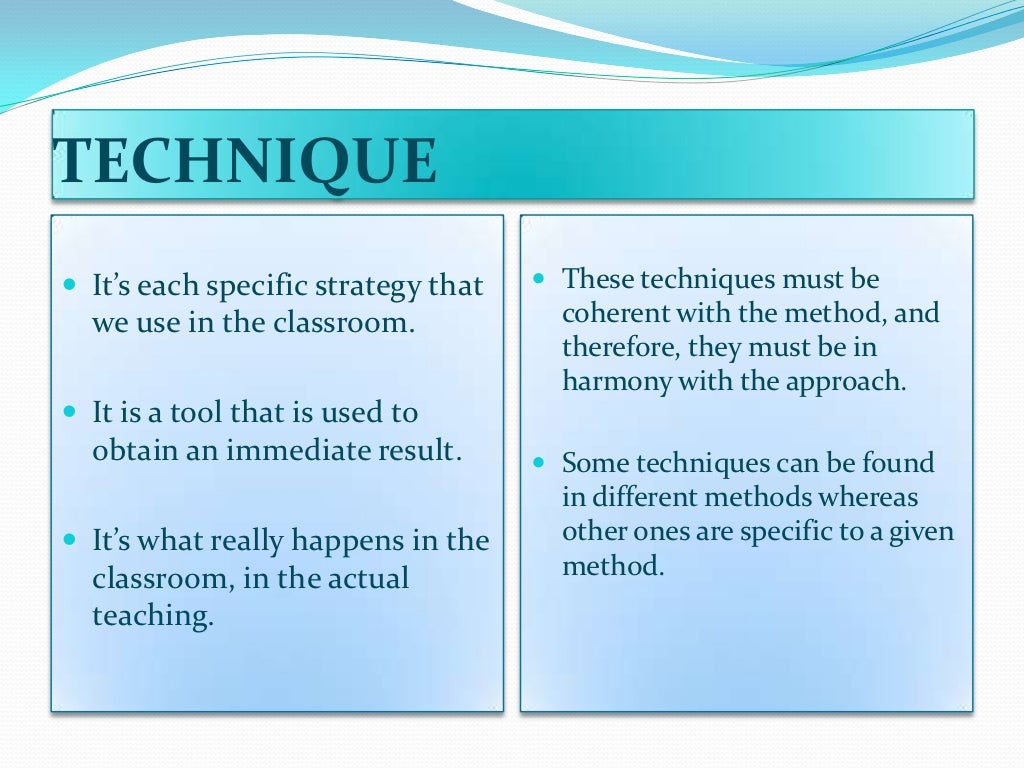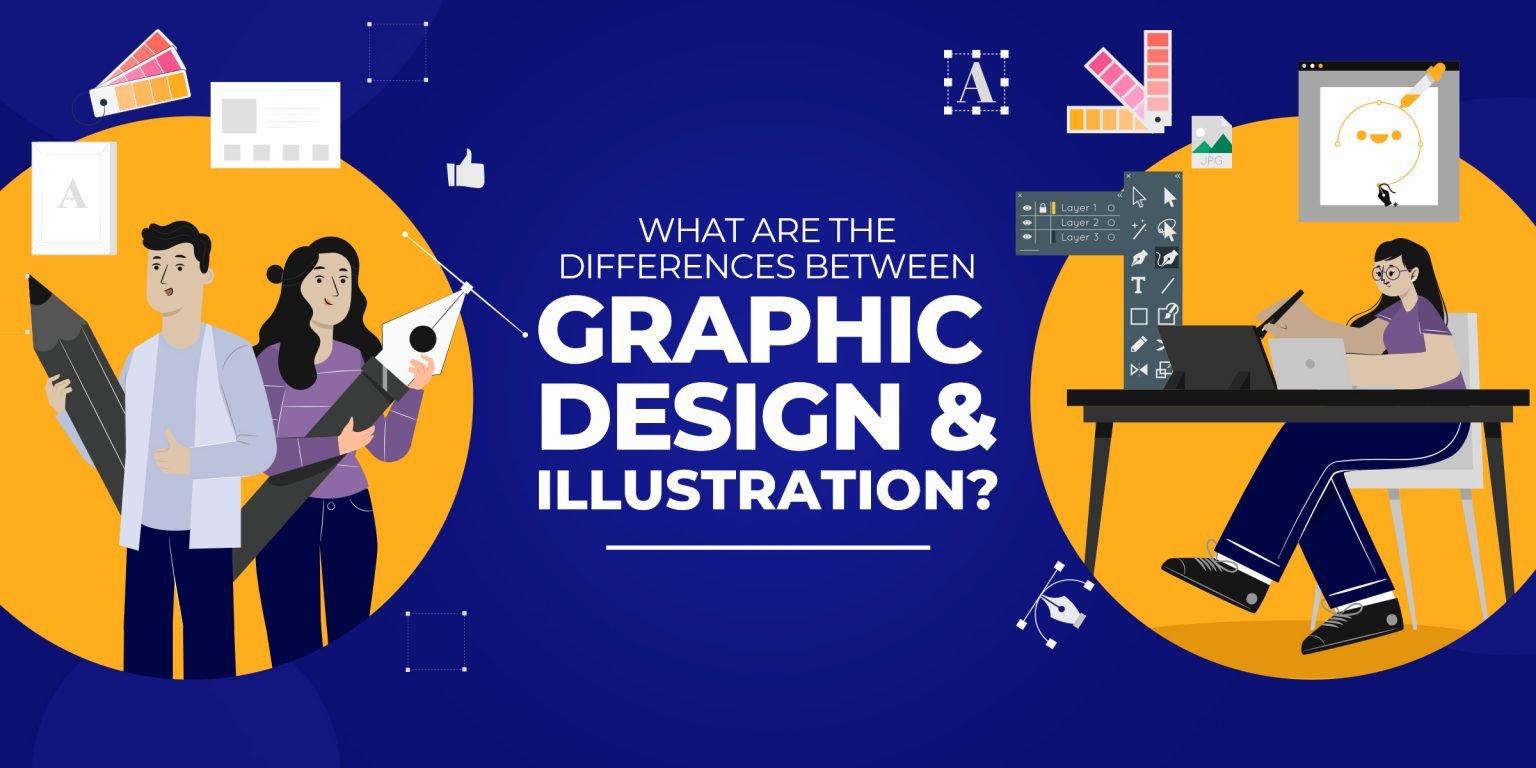Table Of Content

Designers rely on design thinking to execute practical and strategic procedures during the design process to discover solutions via problem-solving. This brings us to the function of design, which caters to the development of user-friendly and economically pleasing products and services. The fields of art and design can easily become convoluted when one examines the disciplines for purely their aesthetic values, which may distort the perception of design. Art is most commonly thought of as a form of expression through different mediums such as painting, sculpture, or photography that evokes emotions. Similarly, the discipline of design also has multiple functions and is not solely for aesthetic and artistic value. A common question that many people ask when they’re looking to begin their own artistic or design project is what the difference between art and design really is.

Art and Design, What is the difference?
The design process is intended to create either a plan, a prototype, a product, or a process. Design strives to create solutions for people, systems, or physical objects. Technicians must have an understanding of the tools, materials, and methods necessary to create a product, service, or environment that meets the user’s needs.
Unpacking Technique: Practical Skills and Methods
Urban design is most often employed in architecture and refers to the design of spaces, buildings, landscapes, and procedures that will enable future success in the development of the space by other people. Urban designers also develop a knowledge of the local public regulations to work with and have a strong understanding of planning concepts. Urban design differs from architecture since it focuses on the design of urban spaces like cities and towns while architecture is specific to the construction of singular buildings.
Painting
Popular culture has aided in making access to knowledge about famous artists or artistic references in painting easier for those who do not engage regularly with art. Painting is an example of art that involves the creation of an image using painting materials such as pigments, paints, and usually, wet media. Famous examples of paintings include Mona Lisa (1503) by Leonardo da Vinci, The Birth of Venus (1486) by Sandro Botticelli, and The Starry Night (1889) by Vincent van Gogh. Paintings are just one form of creative visual expression and can portray any form. We can also look at the role of an artist versus a user experience designer to better grasp the differences of each discipline through an occupational view.
The design process typically involves research, brainstorming, sketching, and refining ideas until they become a tangible creation. Designers must have a deep understanding of their subject matter and be able to communicate their ideas effectively. But hey, who needs clarity when you can just throw around these buzzwords and sound like a creative genius?
Art Style? What Makes it different from Art Technique
Yes, there is art outside of design and design outside of art, but when the two worlds come together, that is the ideal. A design that doesn’t have an artistic eye is stagnant and boring; it’s the artistic part of design that engages and pulls people in. In other words, the difference between art and design is very gray, and it’s an ongoing discussion. The debate of art vs design is more on the philosophical side, but it is fun to think about. Technique is the skill of performing a task or producing a desired result through the use of specialized knowledge and tools.
The primary difference between design and technique is that design is a creative process, while technique is a skill. Design requires an understanding of the user’s needs, the technical capabilities of the product or service, and the aesthetic and functional possibilities of the chosen medium. Technique, on the other hand, is the skill of performing a task or producing a desired result through the use of specialized knowledge and tools. As an artist and designer, you will also have to study different methods of creating ranging from sculpting to drawing to hone your skills. When it comes to the final creation, artworks, and designs, even a combination of the two, can be visually appealing and serve the same function, which is to attract visual attention. Illustration is one such art form that can incorporate design to ensure that the artwork’s idea or concept is communicated effectively while showcasing the artist’s visual expression.
In reality, both are integral to successful innovation and should be viewed as complementary rather than competing forces. They must also be able to anticipate user needs and preferences, balance aesthetics with functionality, and stay up-to-date with industry trends. In short, designing is a complex and multifaceted process that requires a combination of skills, experience, and intuition. The most common similarity between design and art is that both disciplines rely on an understanding of the fundamentals of design, including its principles. These involve elements and principles like color, shape, contrast, balance, harmony, and rhythm, applied strategically and intentionally.
What is Mechanical Engineering? - Michigan Technological University
What is Mechanical Engineering?.
Posted: Wed, 16 Sep 2015 13:51:06 GMT [source]
She also enjoys the allure of found objects, brown noise, and constellations. Jordan Anthony is a film photographer, curator, and arts writer based in Cape Town, South Africa. Anthony schooled in Durban and graduated from the University of the Witwatersrand, Johannesburg, with a Bachelor of Art in Fine Arts. During her studies, she explored additional electives in archaeology and psychology, while focusing on themes such as healing, identity, dreams, and intuitive creation in her Contemporary art practice. A critical design is a type of design that proposes new ways of thinking about a design object in its current culture and in terms of its use to challenge preconceptions about it.
Design is the process of generating ideas and bringing them to life through artistic expression, while technique is the practical skills and methods used to execute those ideas. However, the two are not mutually exclusive and often work in tandem to produce outstanding results. The distinctions between design and technique become clearer when examining specific examples.
Fine art has evolved over the last three centuries to capture expressions of the world through the lens of the artists who lead the art industry. Traditionally, fine art is understood as “high art”, which was attributed to its primary function of enjoyment and visual pleasure. While these distinctions are classist in origin, fine art has developed significantly to encompass diverse practices, including design, which was previously regarded as a “low art”, produced for the masses. What distinguishes fine art from design is its accessibility and global economic value placed on whether a design can transcend its primary functional use and if it can partake in cultural discourse. This is not to say that design has not played a role in shaping sub-cultures; it has become a powerful tool in relaying compelling messages.
The critical design is also satirical and provocative, much like the thinking behind some artworks, and is often referenced as an attitude toward design rather than a movement. Unity/Variety You want your painting to feel unified such that all the elements fit together comfortably. Too much unity creates monotony, too much variety creates chaos.You need both.

No comments:
Post a Comment